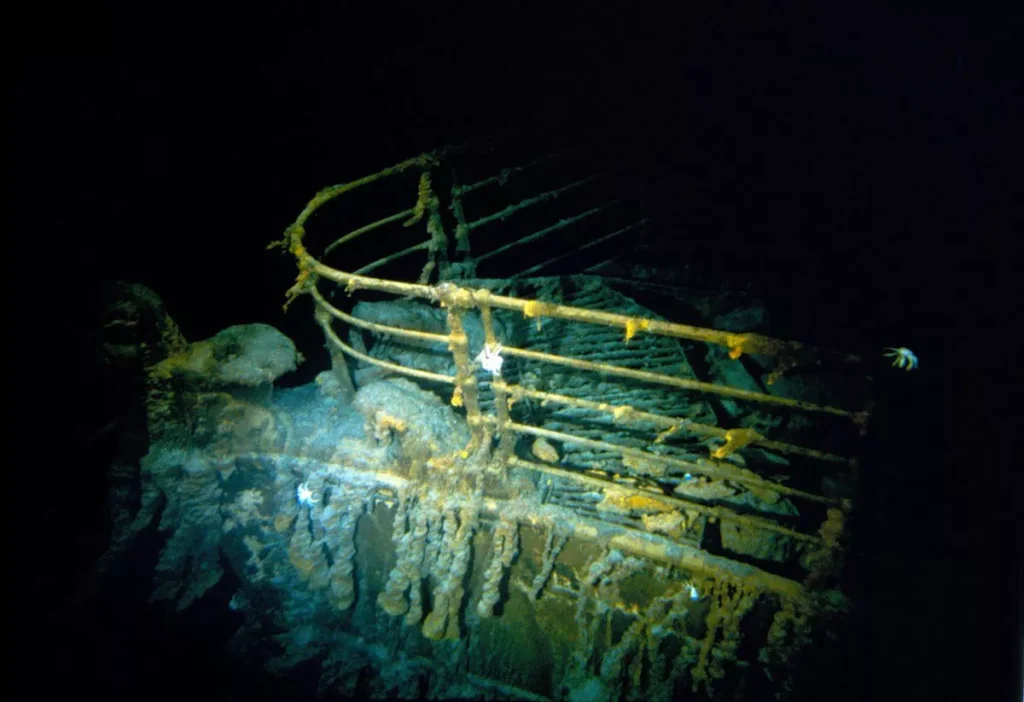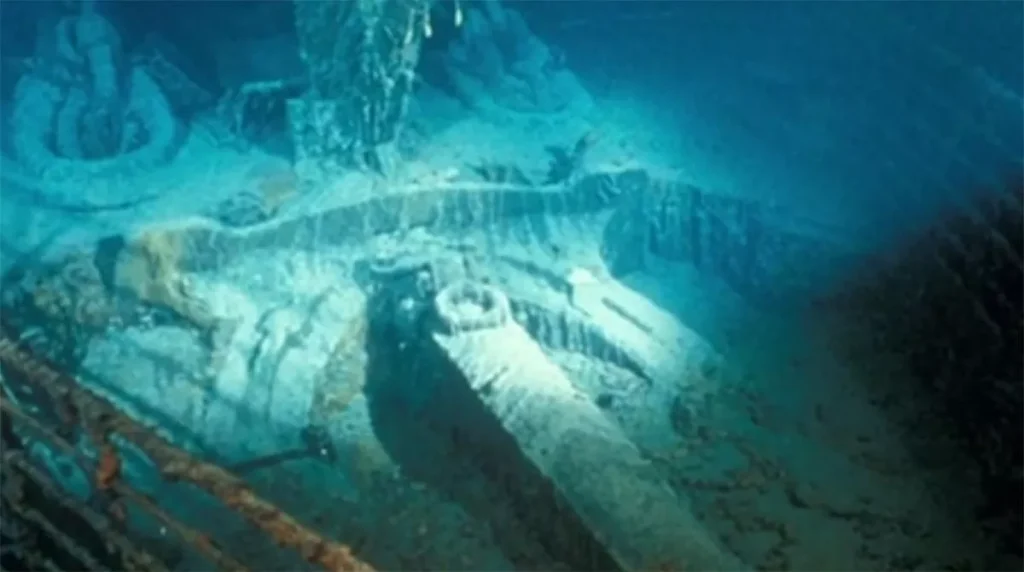Although there have never been any skeletons or human remains found on the wreckage of the Titanic there are a large number of one particular personal item belonging to the passengers who died.
The Titanic was the largest ocean liner in the world when she set off from Southampton to New York City in 1912. Tragically, just four days into her maiden voyage the ship struck an iceberg in the North Atlantic and in the early hours of April 15, the huge vessel sank into the ocean. There were 2,240 passengers on board when she set off and they ranged from the elite in society, including a millionaire and politicians through to tourists and clergymen in the middle class. The cheapest tickets in third class were mainly bought by immigrants seeking a new life in America.
The death toll after the tragedy included people from all three ticket classes and it’s thought over 1,500 died in the icy waters after lifeboats were launched without their full capacity amid the chaos. The wreckage of the Titanic wasn’t discovered until 1985 when professor of oceanography and American Navy officer Robert Ballard found the ship using his deep sea robot, Argos.

Since its rediscovery there have been many explorations of the wreck but no human remains have ever been found. Clearly the number of years that had passed meant bodies would have decomposed or been eaten by sea creatures but you would expect skeletons to be present within the ship and the surrounding seabed.
James Cameron, director of the Hollywood film Titanic, starring Kate Winslet and Leonardo DiCaprio has visited the wreck over 30 times and in 2012 told the New York Times he hadn’t seen any bodies: “I’ve seen zero human remains,” he said. However, he did see personal items belonging to the crew and passengers and there was a high number of one particular possession.
“We’ve seen clothing. We’ve seen pairs of shoes, which would strongly suggest there was a body there at one point. But we’ve never seen any human remains.” The leather shoes, which have often been found in pairs, are all that is left of the people that once wore them on that fateful voyage.
Read more: Why Do Cows Have Holes in Their Stomachs in America?

The reason for the lack of bones and skeletons is down to the depth at which the Titanic came to rest. It sits on the ocean seabed at around 3,800 metres and the chemical composition of the water at that depth changes the effect it has on bone. Professor Ballard, who also discovered the wreck of the Bismarck explained how it works to NPR: “The issue you have to deal with is, at depth below about 3,000 feet (914 meters), you pass below what’s called the calcium carbonate compensation depth. And the water in the deep sea is under saturated in calcium carbonate, which is mostly, you know, what bones are made of.
He continued: “For example, on the Titanic and on the Bismarck, those ships are below the calcium carbonate compensation depth, so once the critters eat their flesh and expose the bones, the bones dissolve. Now in the Black Sea, because there’s no critters to eat, the bones should not be exposed. So you should have perfectly mummified fossils.”
Read more: Love the guy who doesn’t know what medicine this is

